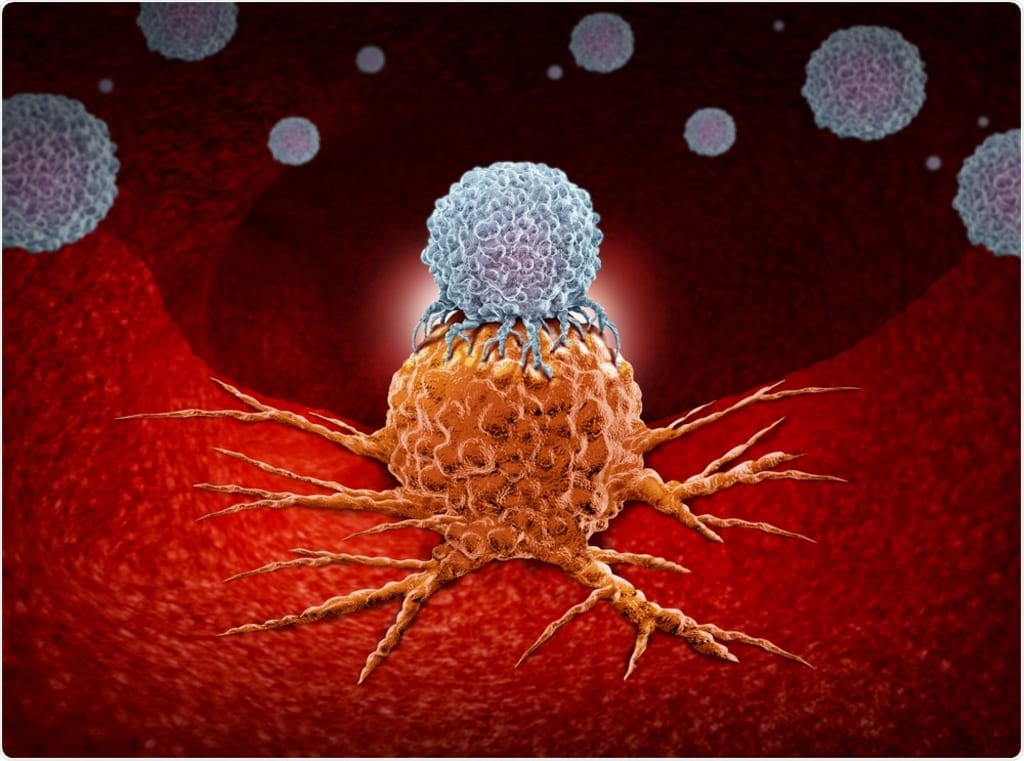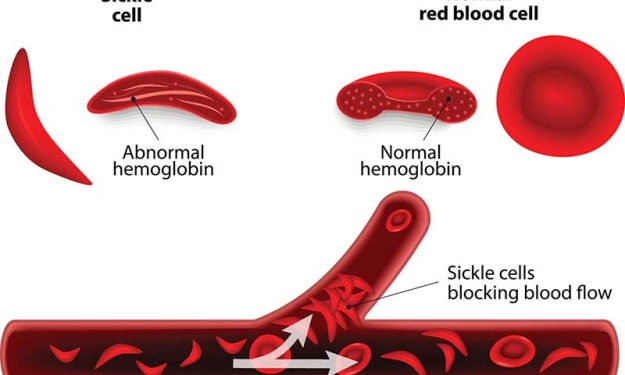Unlocking the Potential of Immune Pathways in Cancer Treatment
Cancer Treatment

Researchers from the University of North Carolina School of Medicine have made significant strides in understanding a key immune pathway, cGAS-STING, and its role in detecting DNA damage leading to programmed cell death. Their findings, published in Nature on Jan. 10, suggest that stimulating this pathway could effectively suppress tumor growth, providing potential avenues for cancer therapy and prevention.
Insight into Cancer Resistance Mechanisms
Dr. Gaorav Gupta, the lead researcher, highlighted the inadequately understood resistance of cancers to radiotherapy and chemotherapy. He emphasized the importance of disrupting a cell's ability to activate innate immune responses to DNA damage as a potential cancer resistance mechanism. Gupta suggested that strategies focusing on reactivating these pathways might offer a way to overcome treatment resistance.
Focus on cGMP and MRE11 Interactions
The researchers centered their work on the interactions between an immune system enzyme, cyclic GMP-AMP synthase (cGMP), and a molecule called MRE11. Cyclic GMP is known for sensing DNA damage in the cytosol of cells and stimulating the immune response. The study revealed that MRE11, primarily known for detecting broken DNA fragments, plays a crucial role in unlocking cGMP from histones, the proteins around which DNA is wrapped. This unlocking process allows cGMP to activate the immune response in the presence of broken DNA fragments.
Dr. Gupta described this as an elegant solution for DNA sensing that both protects against unnecessary inflammatory activation and triggers activation in the presence of DNA damage.
Implications for Breast Cancer Treatment
In mouse models of breast cancer, the researchers observed that stimulating the interaction between MRE11 and cGMP suppressed tumor growth. This suppression occurred by activating the cGMP-STING pathway, leading to programmed cell death (necroptosis). These findings suggest two crucial points: first, that cancer cells may develop resistance to DNA-damaging treatments by turning off this pathway, and second, that reinstating it might prompt the immune system to eliminate cancerous cells.
The researchers plan to explore these possibilities further in a clinical trial involving HER2-negative breast cancer patients. The trial will investigate whether the cGMP-STING necroptosis pathway is activated in response to therapies, including Merck & Co.'s PD1 inhibitor Keytruda, with or without radiation.
Potential for Breast Cancer Prevention
The study's findings also hint at the possibility of preventing breast cancer altogether. Theoretically, immune checkpoint blockers like PD1 inhibitors could stimulate necroptosis and suppress cancer development. However, this aspect wasn't tested in the current study.
Dr. Gupta expressed the intention to explore these possibilities in preclinical breast cancer models, acknowledging that it is too early to determine whether this strategy could lead to future clinical trials for individuals at high risk of developing breast cancer.
Challenges and Future Directions
Despite the promising findings, several challenges hinder the translation of this research into new treatments. Improved tools to measure necroptosis in cancer samples and securing funding are notable obstacles. Dr. Gupta mentioned ongoing efforts to apply for grants supporting the investigation of how DNA damage-induced necroptosis can be augmented for breast cancer treatment and prevention.
Breakthrough in Gene Editing: Prime Editing
In a separate development, researchers achieved a groundbreaking milestone in gene editing. The study represents the first instance where the delivery of protein-RNA complexes was used to achieve therapeutic prime editing in an animal. Prime editing, touted as a more precise and potentially safer alternative to CRISPR, enables the alteration of base pairs without breaking both DNA strands or requiring DNA templates.
Understanding Prime Editing vs. CRISPR
While CRISPR functions like a versatile tool, capable of cutting, removing, and reinserting DNA sequences into the genome, prime editing operates more like a word processor's search-and-replace function. This precision in swapping out base pairs without the need for complex DNA restructuring distinguishes prime editing as a potentially safer gene editing tool.
In conclusion, these research findings hold significant promise in advancing cancer treatment and prevention through the stimulation of immune pathways. The study on cGAS-STING provides insights into potential strategies to overcome cancer resistance mechanisms, while the breakthrough in prime editing opens new possibilities for more precise and safer gene editing approaches. Despite challenges, the researchers remain optimistic about the potential impact of their work on improving healthcare outcomes.
Summary..
Researchers at the University of North Carolina School of Medicine discovered a promising immune pathway, cGAS-STING, that detects DNA damage and triggers programmed cell death. Published in Nature, their study suggests that activating this pathway could help suppress tumor growth, offering potential cancer treatment and prevention.Lead researcher Dr. Gaorav Gupta highlighted the mystery of how cancers resist radiotherapy and chemotherapy. Their work focused on the interaction between the immune enzyme cGMP and the molecule MRE11. They found that MRE11, known for detecting broken DNA, plays a key role in unlocking cGMP, allowing it to activate the immune response in the presence of DNA damage.In mouse models of breast cancer, stimulating this interaction suppressed tumor growth by activating the cGMP-STING pathway. This suggests a possible solution to cancer cells developing resistance to DNA-damaging treatments.
The study hints at the potential for preventing breast cancer altogether, though more research is needed. Challenges include measuring necroptosis in cancer samples and securing funding. Additionally, another breakthrough involves prime editing, a precise gene editing method with potential advantages over CRISPR. These findings open new avenues for improving cancer treatment and genetic editing approaches.





Comments
There are no comments for this story
Be the first to respond and start the conversation.